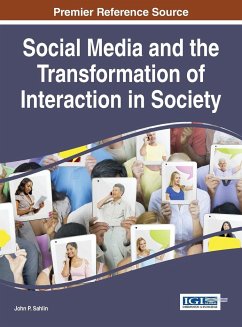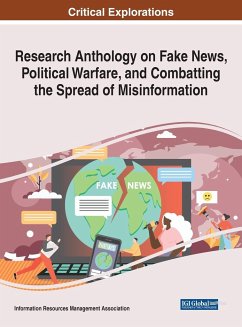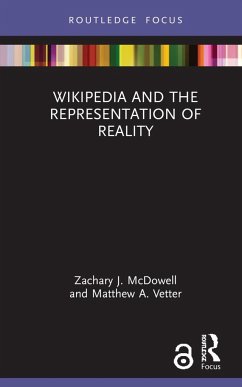
Cyberbullying in Hungary and the United States
A comprehensive literature review
Versandkostenfrei!
Versandfertig in 6-10 Tagen
27,99 €
inkl. MwSt.

PAYBACK Punkte
14 °P sammeln!
This literature review explores cyberbullying in Hungary and the United States, emphasizing its contemporary nature and the incipient stage of regulatory measures. Findings reveal significant differences, with the United States having a longer history of studies and proactive legislation. The methodology involves a comparative analysis of Hungary and the United States, encompassing legal, preventive, and media dimensions. Scholars like Olweus, Hinduja, Patchin, Parti, and Pongó serve as foundational sources, complemented by insights from online platforms and governmental documents. Overall fi...
This literature review explores cyberbullying in Hungary and the United States, emphasizing its contemporary nature and the incipient stage of regulatory measures. Findings reveal significant differences, with the United States having a longer history of studies and proactive legislation. The methodology involves a comparative analysis of Hungary and the United States, encompassing legal, preventive, and media dimensions. Scholars like Olweus, Hinduja, Patchin, Parti, and Pongó serve as foundational sources, complemented by insights from online platforms and governmental documents. Overall findings indicate that Hungary lags behind in media coverage and initiatives. The review concludes with recommendations for further research and underscores Hungary's need to align with the proactive measures taken by the United States.












